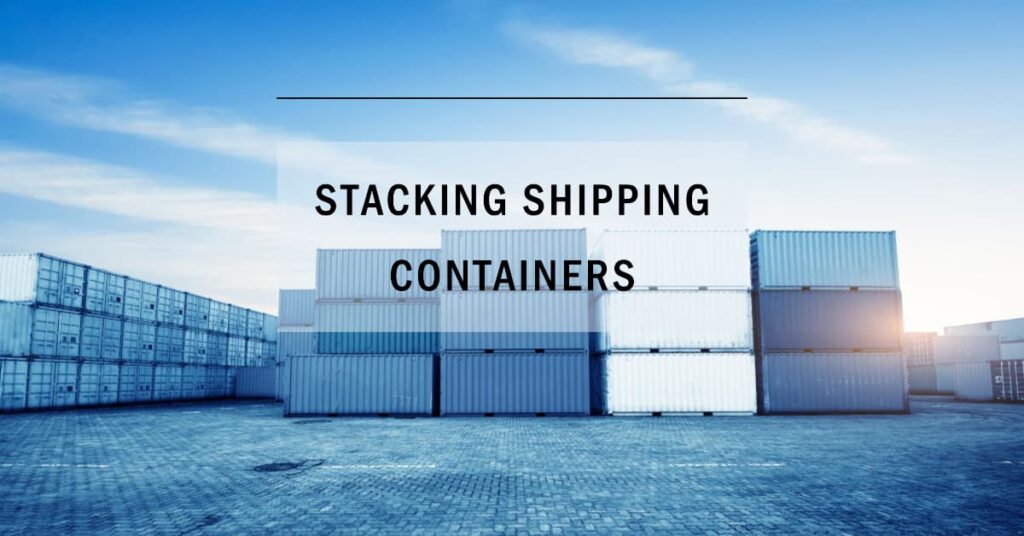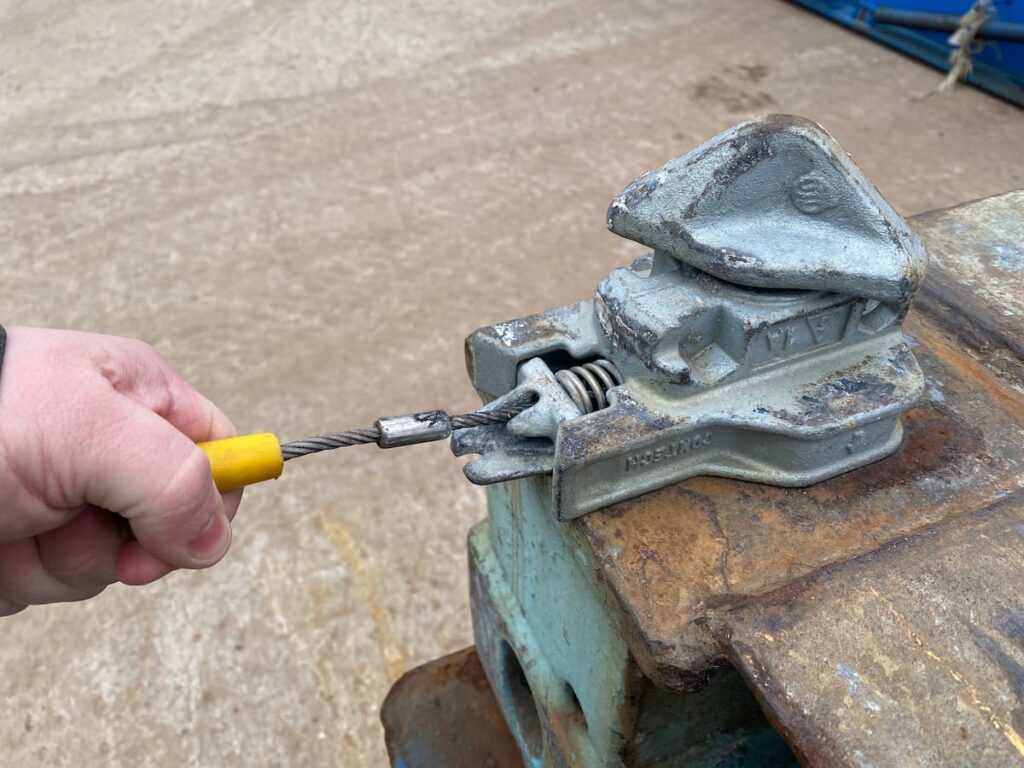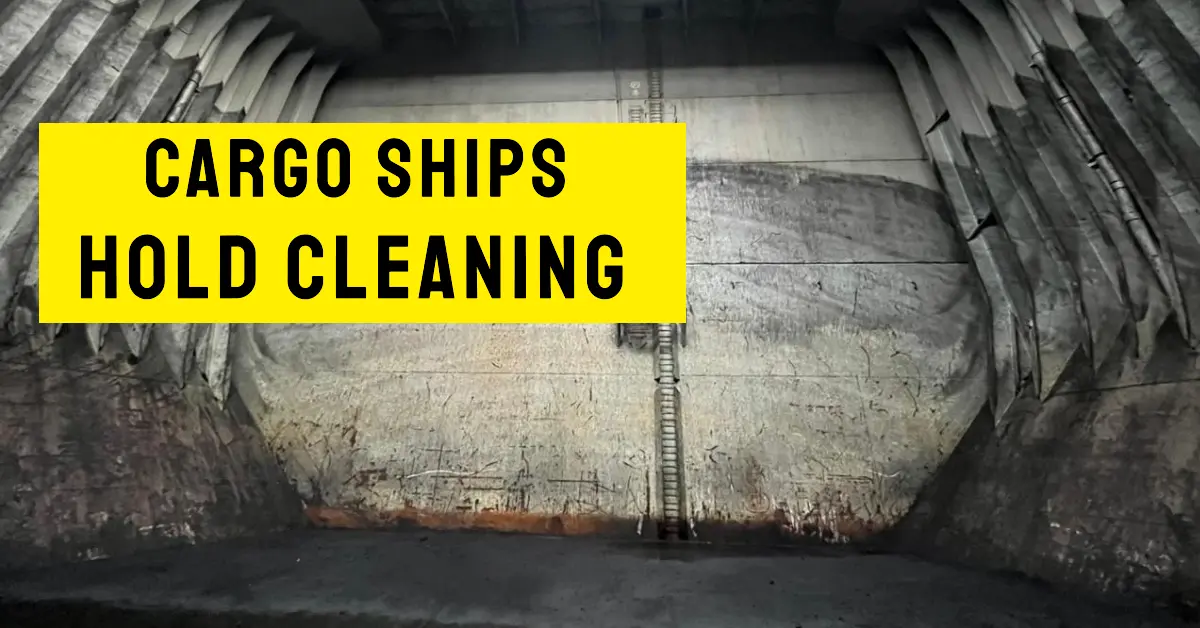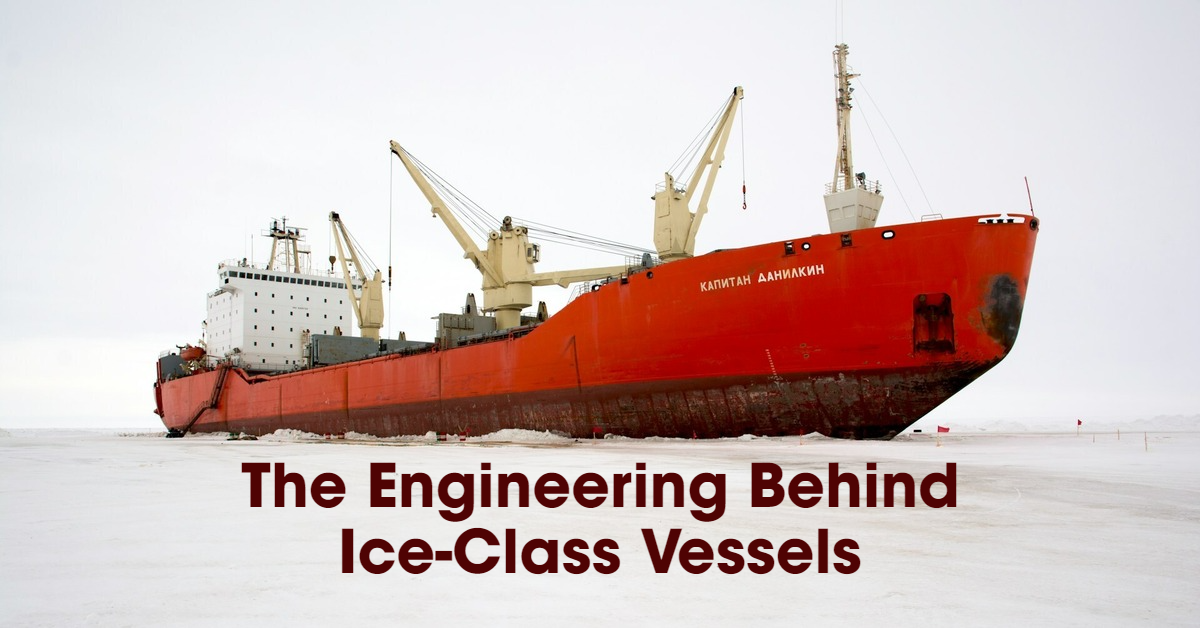Stacking shipping containers is a practice that has become increasingly popular in recent years due to its practicality and cost-effectiveness. Shipping containers are versatile and durable, making them ideal for a wide range of applications.
They can be used for storage, as living spaces, offices, and even as swimming pools. However, stacking shipping containers requires proper techniques and safety precautions to ensure that the containers remain secure and stable.

Key Takeaways
- Stacking shipping containers requires proper techniques and safety precautions.
- Regulations and guidelines must be followed to ensure compliance with local building codes and safety standards.
- Stacked shipping containers can be used for a wide range of applications, from affordable housing to temporary event structures.
Fundamentals of Stacking Shipping Containers
Shipping containers are an essential component of global trade, and their versatile nature has made them a popular choice for storage and transport. However, stacking shipping containers can be a complex process that requires careful planning and execution.
This section will cover the fundamentals of stacking shipping containers, including understanding container size, recognizing quality and condition, and identifying suitable land for stacking.
Understanding Container Size
Before stacking shipping containers, it is crucial to understand their size. Shipping containers come in various sizes, including 20ft, 40ft, and 45ft. The size of the container will determine how many containers can be stacked, the equipment required, and the space needed for stacking. It is essential to ensure that the equipment used for stacking can handle the weight and size of the containers.
Recognizing Quality and Condition
The quality and condition of the shipping containers are critical factors that can affect the safety and stability of the stack. It is essential to inspect the containers for any damage, rust, or twist locks that may compromise their stability. Additionally, it is crucial to ensure that the containers are suitable for stacking and have corner posts for secure stacking.
Identifying Suitable Land for Stacking
Identifying suitable land for stacking shipping containers is crucial to ensure their safety and stability. The land should be level and free from any cracks or uneven surfaces that may compromise the stability of the stack. It is also essential to ensure that the land can handle the weight of the containers and the equipment used for stacking.
In conclusion, stacking shipping containers requires careful planning and execution to ensure their safety and stability. Understanding container size, recognizing quality and condition, and identifying suitable land for stacking are fundamental factors that must be considered when stacking shipping containers. By following these fundamentals, one can ensure that the stack is safe, stable, and compliant with regulations.
Proper Stacking Techniques
When it comes to stacking shipping containers, it is essential to follow proper techniques to ensure safety and stability. This section will cover the different methods and equipment used for stacking containers.
Using Forklifts and Cranes
Stacking containers can be done using either forklifts or cranes. Forklifts are a popular choice for stacking containers on land, while cranes are used for stacking containers on ships.
When using a forklift, it is important to ensure that the forklift is rated to handle the weight of the container being lifted. The forklift operator should also be properly trained and certified to operate the forklift.
Cranes are used to stack containers on ships. When stacking containers with a crane, it is important to ensure that the crane is properly positioned and that the containers are lifted and stacked in a straight line. The crane operator should also be properly trained and certified to operate the crane.
Applying Twist Locks
Twist locks are used to secure containers to each other when stacking. Twist locks are attached to the corner posts of the containers and are twisted to lock the containers together. It is important to ensure that the twist locks are properly engaged and that the containers are securely locked together. This will help prevent the containers from tipping or collapsing.

Ensuring Stability and Safety
When stacking containers, it is important to ensure that they are stacked in a way that distributes weight evenly. This will help prevent the containers from tipping or collapsing. Containers should be stacked in a straight line and should be properly secured using twist locks or other locking mechanisms.
It is also important to consider the size and weight of the containers being stacked. Containers should be stacked in a way that is appropriate for their size and weight. Additionally, it is important to ensure that the containers are stacked in a safe location and that they are not stacked too high.
Overall, proper stacking techniques are essential for the safe storage and transport of shipping containers. By using the appropriate equipment, applying twist locks, and ensuring stability and safety, containers can be stacked in a way that minimizes the risk of accidents or damage.
Regulations and Guidelines
When stacking shipping containers, it is important to adhere to various regulations and guidelines to ensure safety and compliance. This section covers two important sub-sections that must be considered when stacking shipping containers: Adhering to OSHA Standards and Following Local Regulations.
Adhering to OSHA Standards
The Occupational Safety and Health Administration (OSHA) provides guidelines for the safe use of container forklifts and cranes. When stacking shipping containers, it is important to follow these guidelines to ensure the safety of workers and equipment. Some of the key OSHA guidelines to keep in mind include:
- Ensuring that the container forklift or crane is properly maintained and inspected before use.
- Making sure that the container is properly secured and balanced before lifting it.
- Ensuring that the container is not overloaded beyond its maximum weight capacity.
- Providing proper training and certification for employees who operate container forklifts or cranes.
- Ensuring that employees do not stand or work under a suspended load.
By following these OSHA guidelines, you can help prevent accidents and injuries when stacking shipping containers.
Following Local Regulations
In addition to OSHA guidelines, it is important to follow local regulations when stacking shipping containers. These regulations may vary depending on the location and the specific use of the containers. Some common regulations to keep in mind include:
- Restrictions on the maximum height of stacked containers.
- Requirements for obtaining permits or approvals before stacking containers.
- Precautions to prevent damage to surrounding structures or equipment.
- Guidelines for selecting the appropriate container size and weight capacity based on the intended use.
Before stacking shipping containers, it is important to research and understand the local regulations that apply to your specific situation. By following these regulations, you can help ensure that your container stacking project is safe, legal, and compliant with all relevant guidelines.
Overall, it is important to take precautions and follow regulations when stacking shipping containers. By adhering to OSHA standards and local regulations, you can help ensure the safety of workers and equipment, prevent accidents and injuries, and avoid legal issues.
Potential Risks and Precautions
Preventing Damage and Injury
Stacking shipping containers can pose potential risks to both the containers and the people involved in the process. One of the main risks is damage to the containers, which can occur due to improper stacking methods or equipment failure. This can result in costly repairs or even structural damage to the containers.
To prevent damage and injury, it is important to use proper stacking equipment and techniques. A crane is often used to lift and stack containers, and it is important to ensure that the crane is in good condition and operated by a trained professional.
Additionally, the containers should be stacked on a level surface to prevent tipping or collapse.
Securing Containers Properly
Securing the containers properly is crucial to prevent them from shifting or falling during transport. Twist locks are commonly used to secure the containers to each other and to the transport vehicle. It is important to ensure that the twist locks are properly engaged and that the containers are securely attached to the vehicle.
In addition to twist locks, other securing methods may be necessary depending on the weight and condition of the containers. For example, heavy-duty straps or chains may be needed to secure oversized or damaged containers.
Dealing with Rust and Weather Elements
Rust can be a common issue with shipping containers, especially if they are exposed to weather elements such as rain or saltwater. Rust can weaken the structural integrity of the containers and make them more susceptible to damage or collapse.
To prevent rust, it is important to inspect the containers regularly and address any rust spots promptly. This may involve sandblasting and repainting the affected areas.
In addition to rust, weather elements such as wind, rain, and snow can also pose risks to stacked containers. To prevent damage, it is important to ensure that the containers are stacked securely and that any weather-resistant covers or tarps are used when necessary.
Overall, proper precautions and techniques can help ensure the safety and stability of stacked shipping containers. By taking the necessary steps to prevent damage and injury, and by addressing any issues promptly, it is possible to minimize the risks associated with stacking shipping containers.
Uses of Stacked Shipping Containers
For Storage and Transport
Stacked shipping containers are often used for both storage and transport purposes. Cargo containers are designed to be standardized and stackable, which makes them an ideal solution for businesses that need to store large amounts of goods.
When containers are stacked, they take up less space on the ground, which allows for more efficient use of available storage space. Additionally, stacking containers can reduce the need for additional storage facilities, which can save businesses money in the long run.
Stacked shipping containers are also commonly used for transport purposes. Shipping companies can load containers onto ships, trains, or trucks and transport them to their destination. When containers are stacked, they can be loaded and unloaded more efficiently, which can reduce the time and cost associated with transportation.
In Building and Structures
Stacked shipping containers are also used in building and structures. Shipping containers can be repurposed and used as housing, offices, and other structures.
When containers are stacked, they can be used to create multi-story buildings that are both cost-effective and environmentally friendly. Stacked shipping containers can also be used to create temporary structures, such as pop-up shops or event spaces.
When using stacked shipping containers in building and structures, it’s important to ensure that they are properly secured and reinforced. Stacking containers can put a significant amount of weight on the containers at the bottom of the stack, which can cause them to collapse if they are not properly reinforced.
Additionally, stacked containers can be vulnerable to wind and other weather conditions, which can cause damage to the containers and the structure as a whole.
Overall, stacked shipping containers have a variety of uses in both storage and transport, as well as in building and structures. When used properly, stacked shipping containers can be a cost-effective and efficient solution for businesses and individuals alike.
Frequently Asked Questions
Is it safe to stack shipping containers?
Yes, it is safe to stack shipping containers as long as the containers are structurally sound and properly stacked. Before stacking, the containers should be inspected for visible signs of cracks or dents. The corners posts, sides, and sub-flooring should be checked for damage or wear. Any units that show signs of structural damage should be repaired or replaced.
Can you stack shipping containers vertically?
Yes, shipping containers can be stacked vertically. However, it is important to ensure that the containers are stacked safely and securely. The containers should be properly aligned and secured to prevent them from shifting or falling.
What do you use to stack shipping containers?
To stack shipping containers, you can use a crane or a forklift. A crane is often used to lift and stack the containers, while a forklift can be used to move and position the containers.
How high can shipping containers be stacked?
The height at which shipping containers can be stacked depends on a variety of factors, including the weight and size of the containers, the surface on which they are being stacked, and the equipment being used to stack them. In general, shipping containers can be stacked up to 9 or 10 high, but it is important to follow proper stacking procedures and safety guidelines.
Can You Stack Containers Perpendicular?
Yes, containers can be stacked perpendicular to each other. This is known as cross-stacking or interlocking. However, it is important to ensure that the containers are properly aligned and secured to prevent them from shifting or falling.
How are shipping containers secured to trucks?
Shipping containers can be secured to trucks using twist locks, which are devices that lock the container to the truck chassis. Twist locks are located at the corners of the container and engage with the truck’s chassis to prevent the container from shifting or falling during transport.
- Comprehensive Guide to Hold Cleaning for Cargo Ships: Ensuring Maritime Safety and Efficiency – October 19, 2024
- Responsibilities of a Fourth Engineer on Cargo Ships – September 10, 2024
- The Role of Cargo Ships in Global Trade – August 22, 2024



